Connecting...

This is a quick preview of the lesson. For full access, please Log In or Sign up.
For more information, please see full course syllabus of Trigonometry
For more information, please see full course syllabus of Trigonometry
Trigonometry Inverse Trigonometric Functions
Lecture Description
The inverse trigonometric functions are called the arcsine, arccosine, and arctangent. They are the opposite of sine, cosine, and tangent. That means that the range of one is the domain of the other, and the other way round. Note to be very careful with the notation of the inverse functions. There are some ambiguous notations that could be misleading. In this lecture you'll also learn how to graph these inverse functions. If you look closely, you'll see that the transformation of the sine graph doesn't pass the horizontal line test, so we'll need to use some restrictions. The same rule will apply to the other inverse functions.
Bookmark & Share
Embed
Share this knowledge with your friends!
Copy & Paste this embed code into your website’s HTML
Please ensure that your website editor is in text mode when you paste the code.(In Wordpress, the mode button is on the top right corner.)
×
Since this lesson is not free, only the preview will appear on your website.
- - Allow users to view the embedded video in full-size.
Next Lecture
Previous Lecture










































 Answer Engine
Answer Engine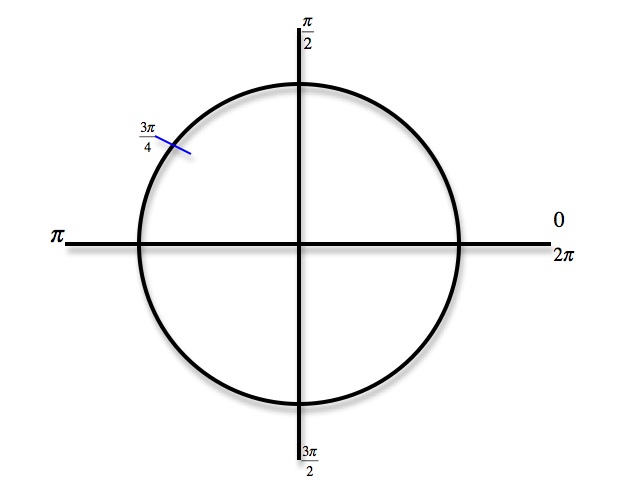
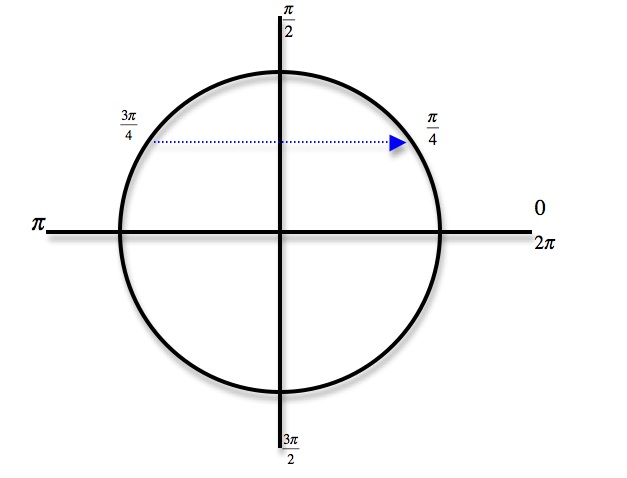
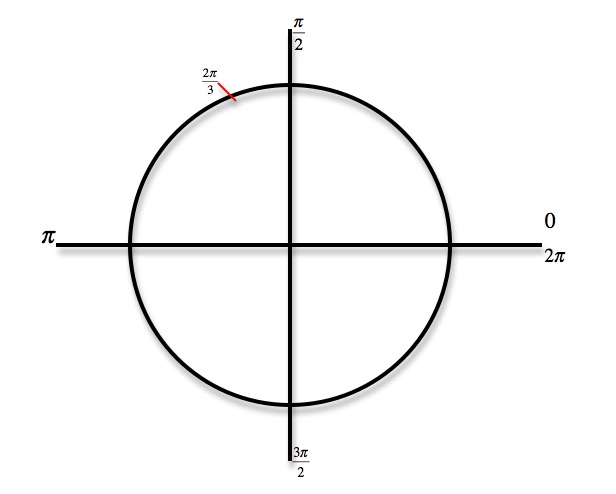
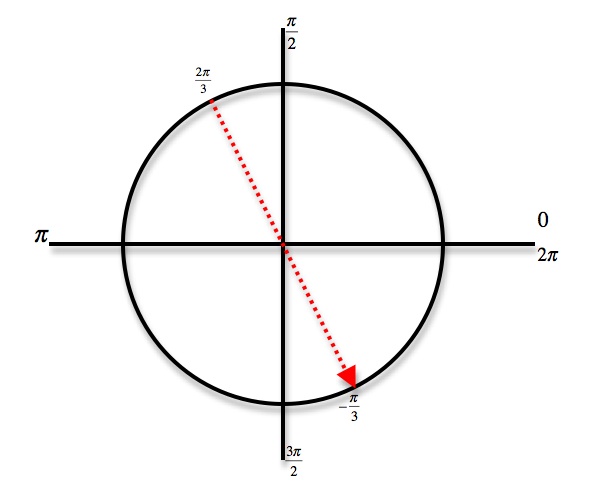
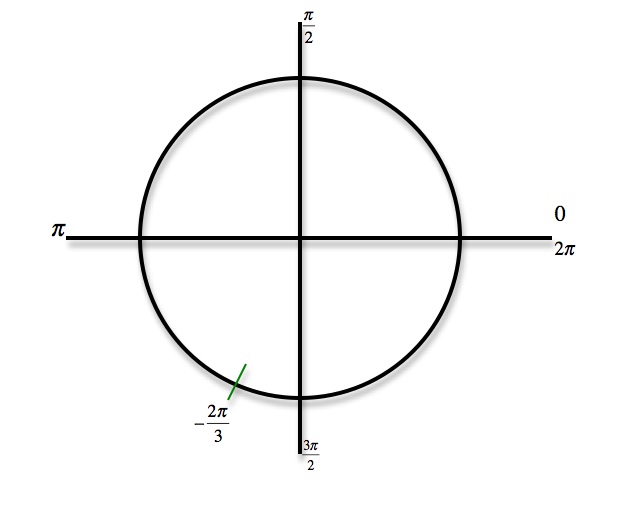
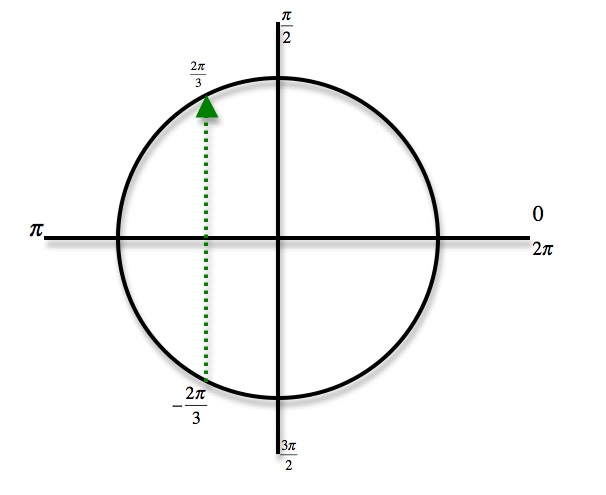
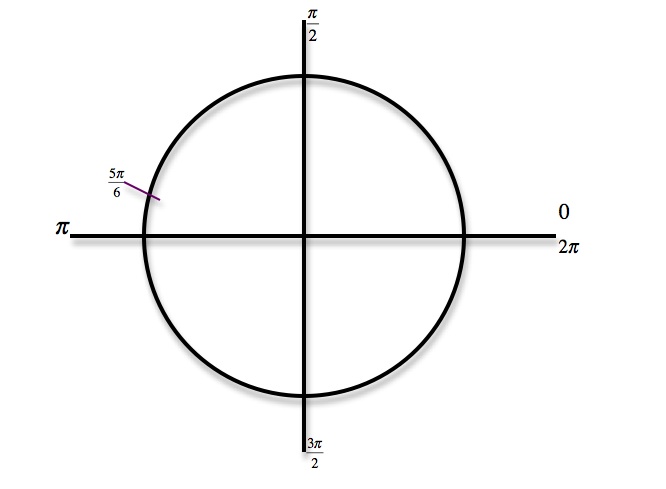
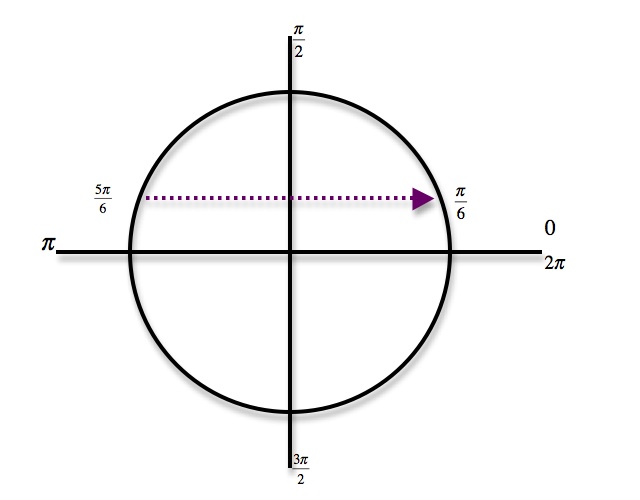
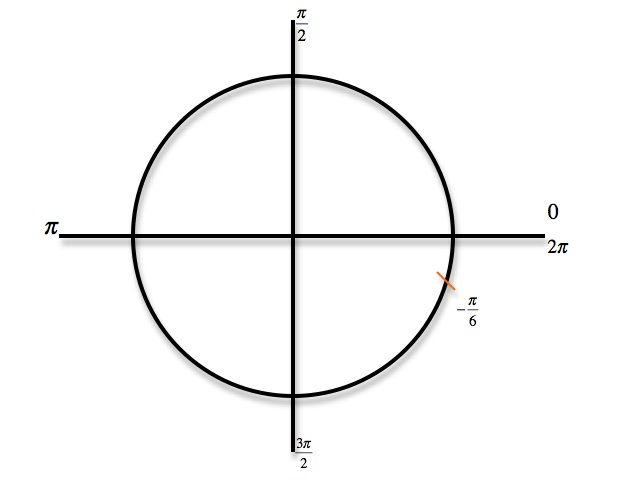
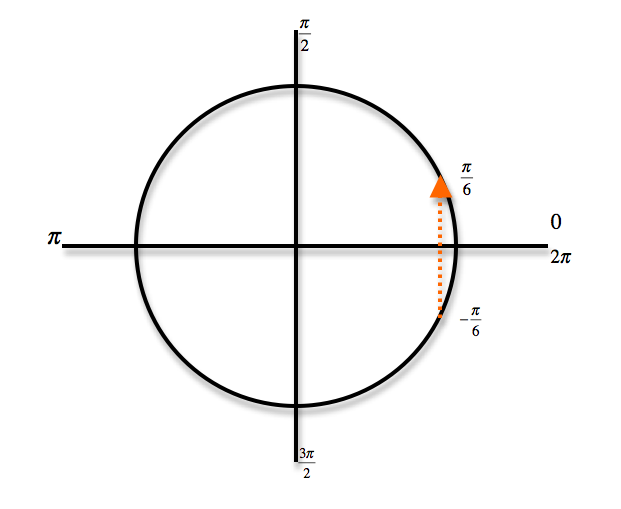
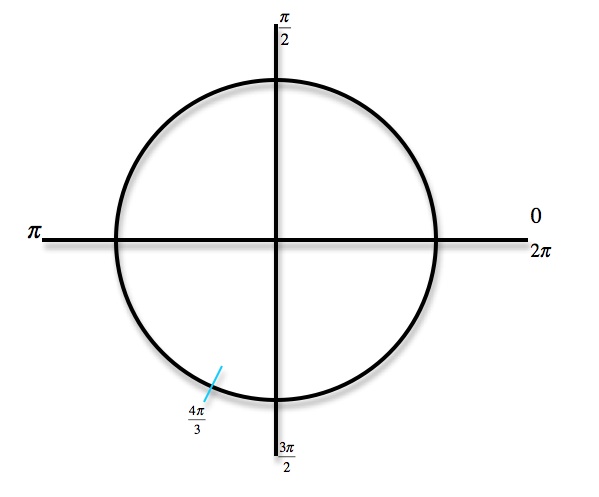
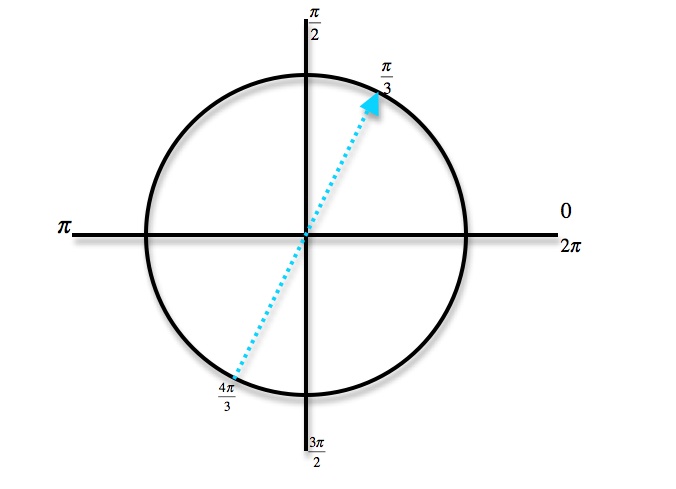
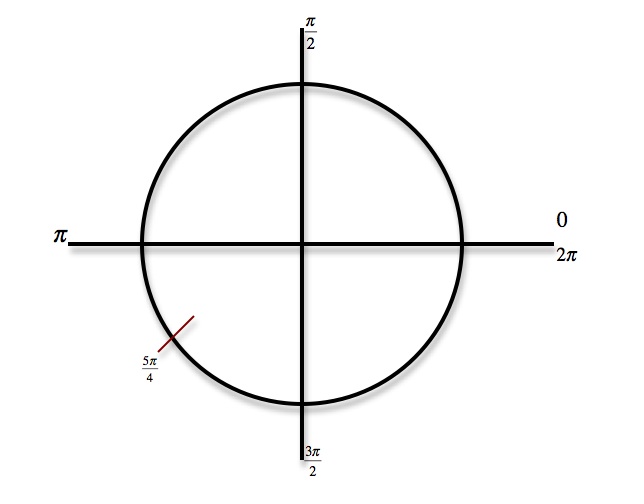
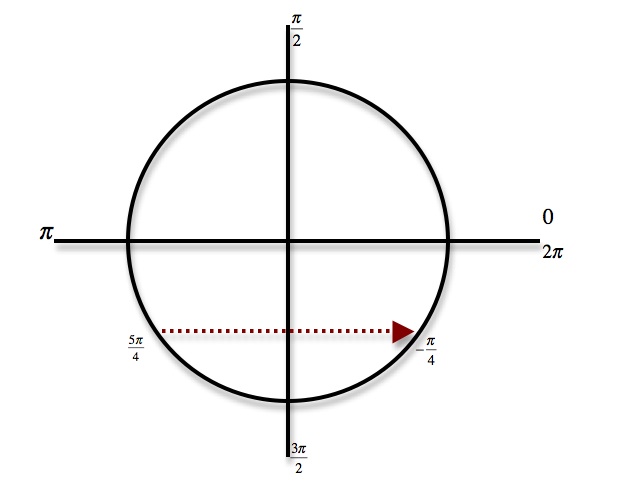
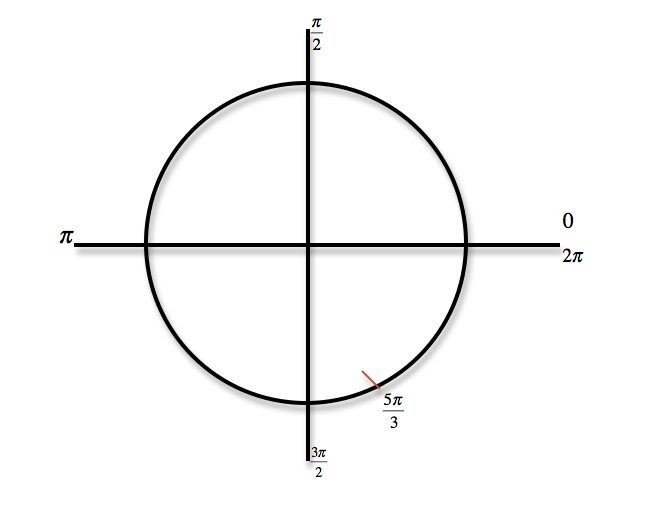
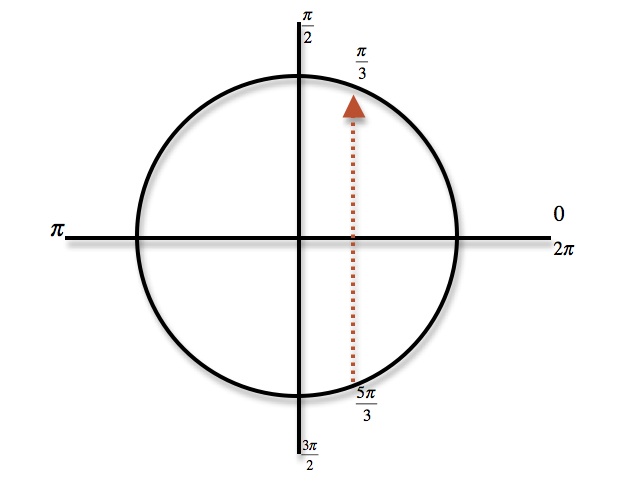
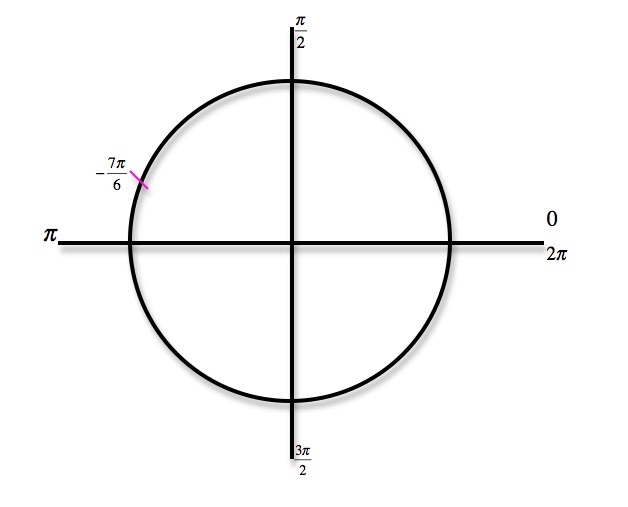
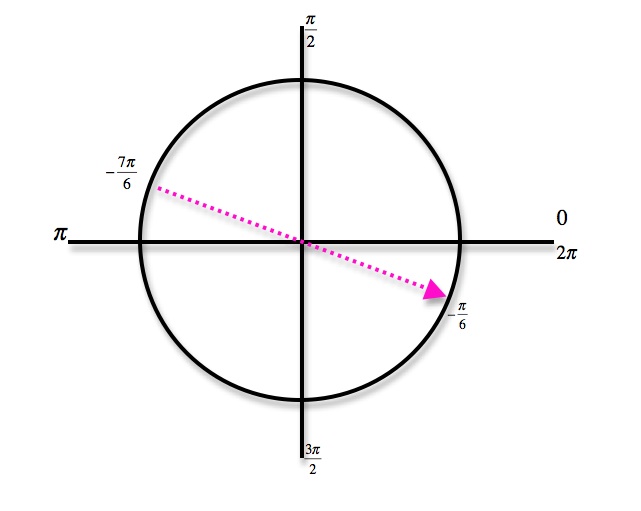
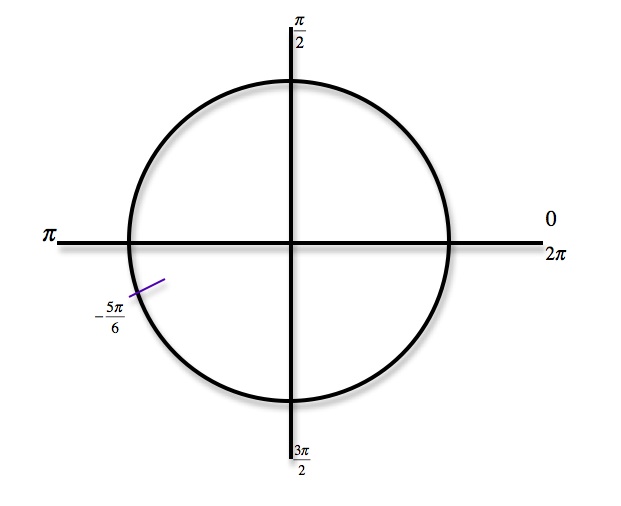
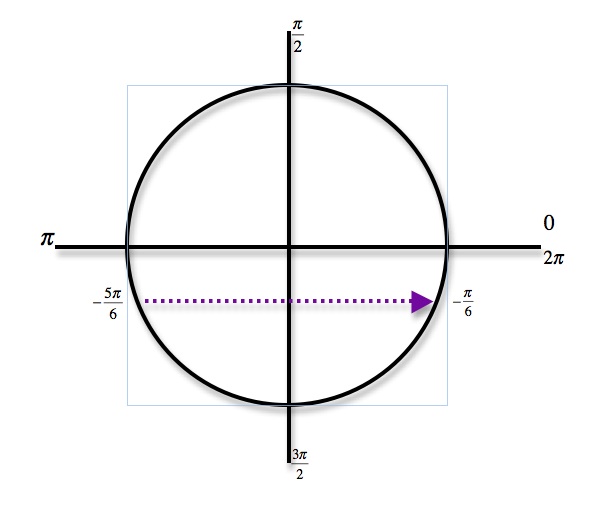
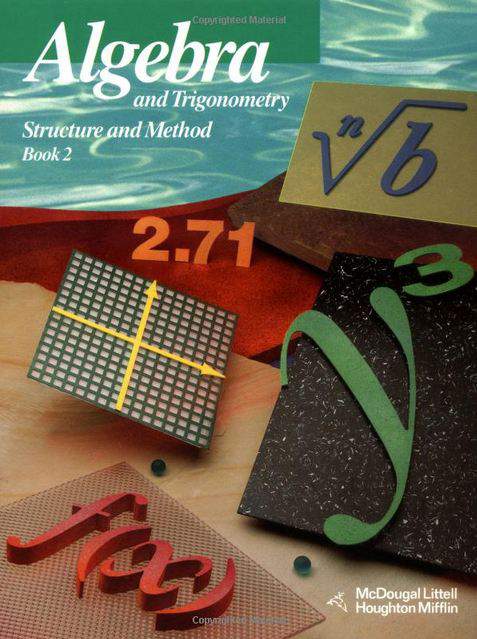



0 answers
Post by Marisol Messenger on February 10 at 01:38:46 PM
In Extra Example 3, why is negative pie over three in between pie over two and negative pie over two?
1 answer
Fri Jul 31, 2020 11:20 AM
Post by Victoria Su on July 29, 2020
I have a question regarding the extra example 2. It is not quite clear to me why arctangent is greater than or equal to negative pi/2 and smaller than or equal to pi/2. Aren't there supposed to be asymptotes at these two points? Meaning that they should not equal pi/2 and negative pi/2?
1 answer
Thu Jul 21, 2016 2:27 PM
Post by Julian Xiao on July 18, 2016
I have a question about Example 3 of the domain and range of arctangent. The domain is -inf. < x < inf. and the range is -pi/2 < y < pi/2, but can't you also include infinity and pi/2 and -infinity and -pi/2? Because technically the function intersects pi/2 at infinity, and also intersects -pi/2 at -infinity.
1 answer
Tue Aug 5, 2014 11:56 AM
Post by edder villegas on July 19, 2014
a don't see exercises to practice
1 answer
Tue Dec 17, 2013 9:28 PM
Post by Daniel Bristow on December 16, 2013
Hi Dr. Murray.
I was wondering if you could better summarize how to "flip" a line, (ex, when you drew that line at 20:06). I understand perfectly how to flip a coordinate on the unit circle, but for my less critical mind, is there some way of knowing how to flip a (ex. tangent) of a line?
Thank you.
2 answers
Wed Aug 14, 2013 11:57 AM
Post by Charles Zhou on July 31, 2013
For example 2, arcsin(sin2pi/3), can I calculate the sin2pi/3 first, and then use arcsin(root3/2) to get the answer?
1 answer
Wed May 22, 2013 3:44 PM
Post by Timothy Davis on May 20, 2013
Why are arcsecant, arc cosecant, and arctan not covered?
1 answer
Thu Nov 29, 2012 11:17 AM
Post by Norman Cervantes on November 27, 2012
I would strongly recommend doing the EXTRA examples for new beginners, if you haven't done so already.
-MAGGIE, the same thing has happened to me when my laptop loses connection all of a sudden while it is still loading the lesson, refreshing the page wont solve the problem, go back to the educator menu and try again.
1 answer
Sun Jan 20, 2013 6:30 PM
Post by Dr. William Murray on October 26, 2012
Hi Maggie,
It's not doing that on my computer. Is anyone else having this problem? Maggie, please try it again, and if it happens repeatedly, we can contact the tech administrators for Educator. They're generally very good about fixing problems quickly.
Thanks for being part of the course!
Will Murray
1 answer
Sun Jan 20, 2013 6:29 PM
Post by Maggie Henry on October 24, 2012
I want to know if I am the only one who is having the issue of the lecture skipping back to the very beginning after a couple slides have already been shown?
3 answers
Sun Jan 20, 2013 6:33 PM
Post by Michael Trow on September 27, 2012
useless explanation of how to get arctan x
1 answer
Sun Jan 20, 2013 6:38 PM
Post by Cain Blaha on November 28, 2011
how do you use this function for angles that do not have pi in them, or that arent in the unit circle?
3 answers
Wed May 22, 2013 3:35 PM
Post by Elina Bugar on August 15, 2011
what do u mean by
-1<x<1
and
-pie/2 < y < pie/2